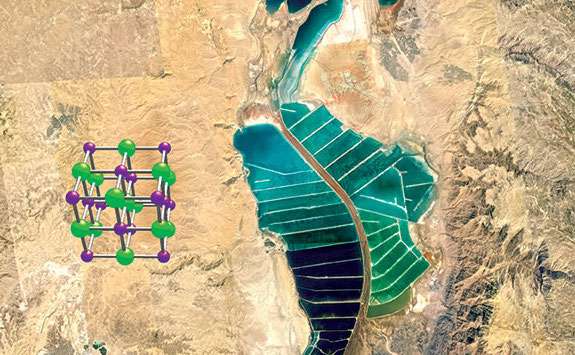Virtual rocks: A new spin on virtual geology

Over the past decade, the number of virtual field trips created to simulate in-person field excursions has grown, but one aspect of physical fieldwork is not commonly replicated: Virtual explorers do not often return to their desks with collections of virtual rocks. Three-dimensional virtual samples can enhance just about any geoscience activity, from online college courses to remote research collaboration.
Three-dimensional digital models of geological objects are relatively easy to create and geolocate on virtual globes such as Google Earth and Cesium. Emerging technologies allow the design of realistic virtual rocks with free or inexpensive software, relatively inexpensive 3D scanners and printers, and smartphone cameras linked to point-cloud computing services.
With interactive 3D digital models of rocks, minerals, fossils, drill core, geo-archaeological objects, and outcrops, designers and users can
- Reveal 3D features hidden inside solid specimens;
- Archive samples destined for destructive testing;
- Prepare for field trips and reinforce learning and retention after the fact;
- Aid peer-review and supplement electronic publications;
- Give access to geological materials for disabled and other non-traditional students; and
- Provide access to collections locked away in storage drawers, given that museums and other repositories display only a small fraction of their holdings.
Virtual rocks can also be gradually altered to illustrate geological processes, such as weathering, deformation, and metamorphic mineral growth.
This new GSA Today article by Declan G. De Paor of Old Dominion University surveys digital sampling applications in a wide range of geoscience subdisciplines and includes downloadable examples.
More information: Declan G. De Paor. Virtual Rocks, GSA Today (2016). DOI: 10.1130/GSATG257A.1
Provided by Geological Society of America





















